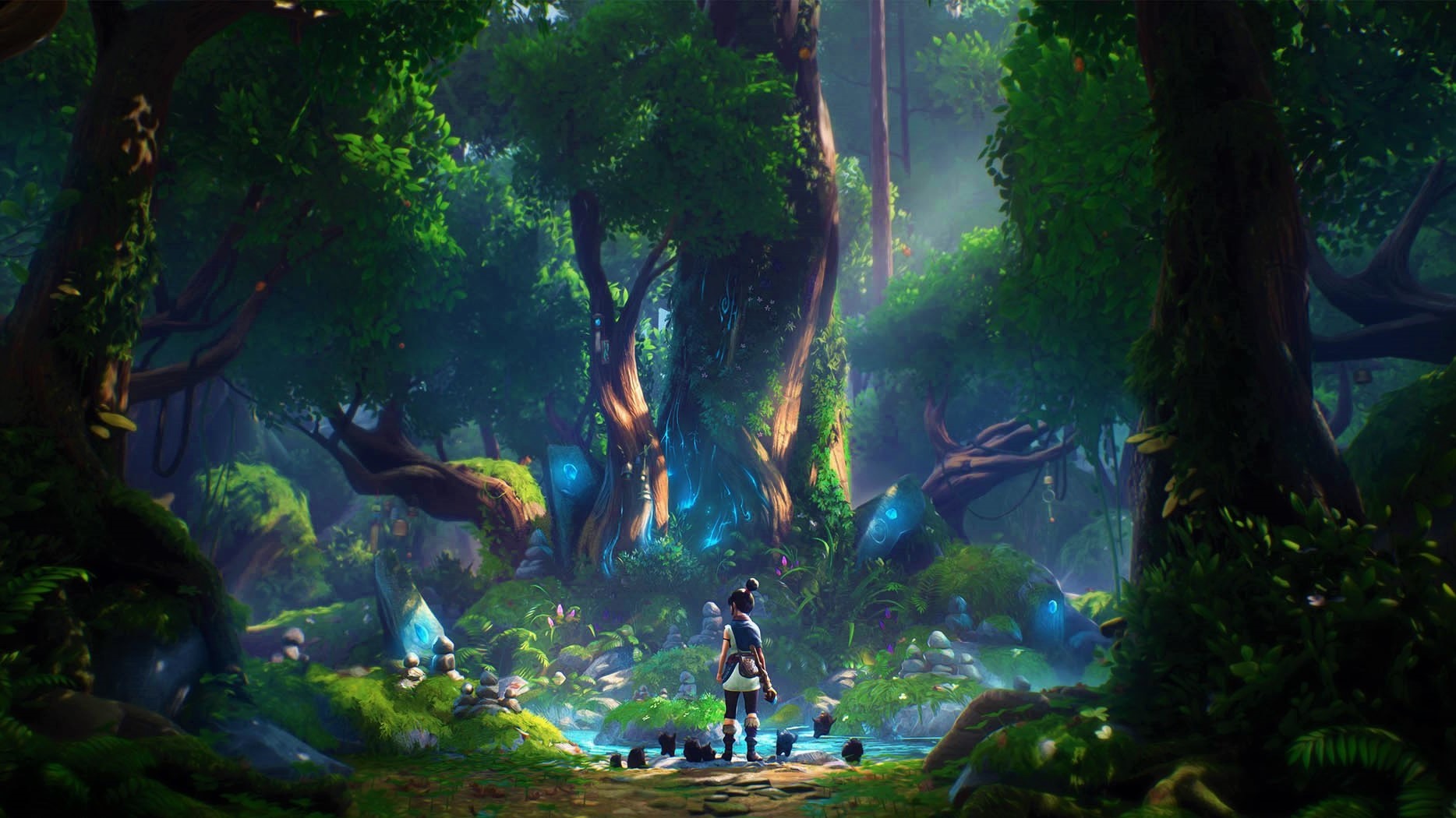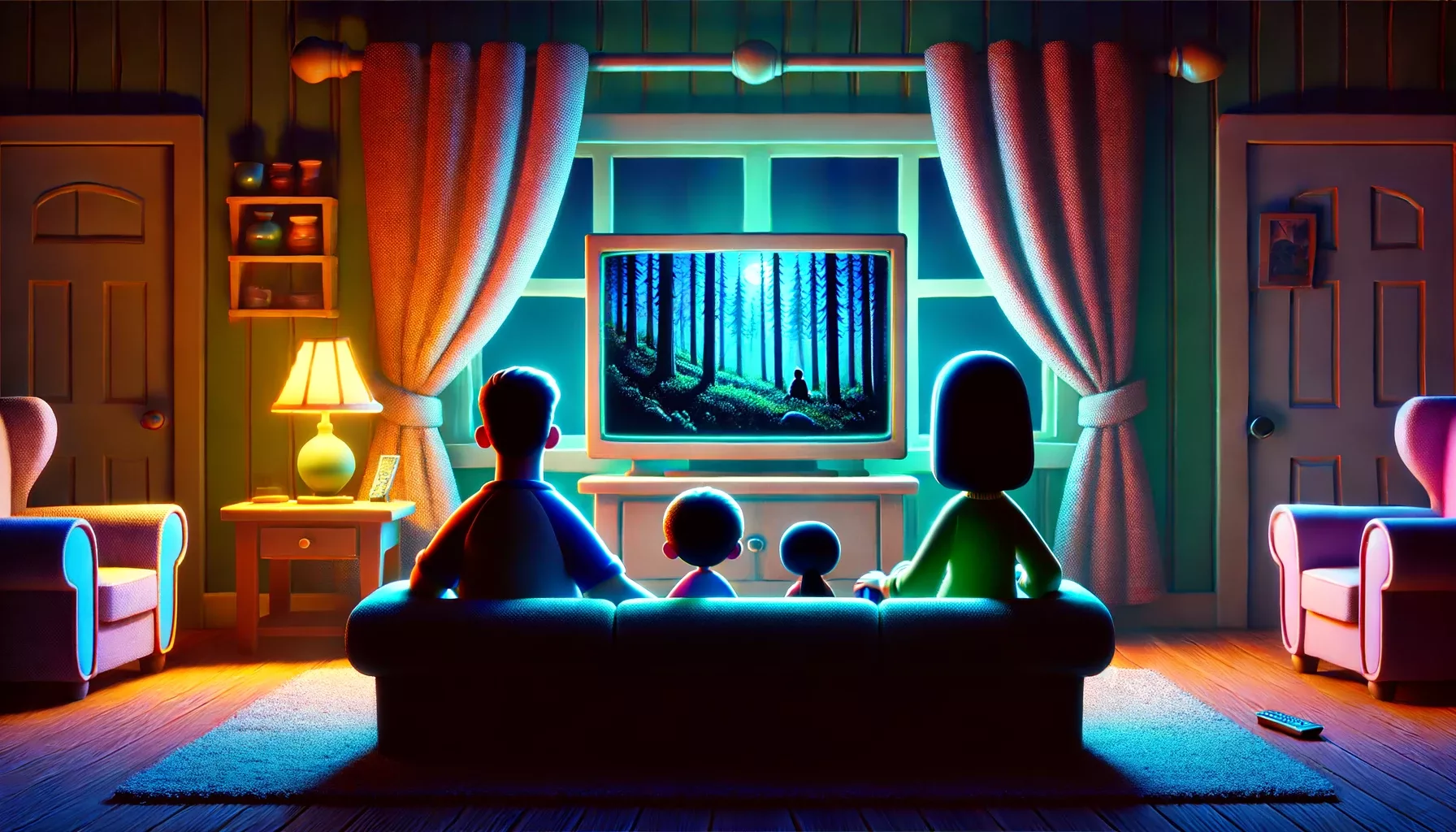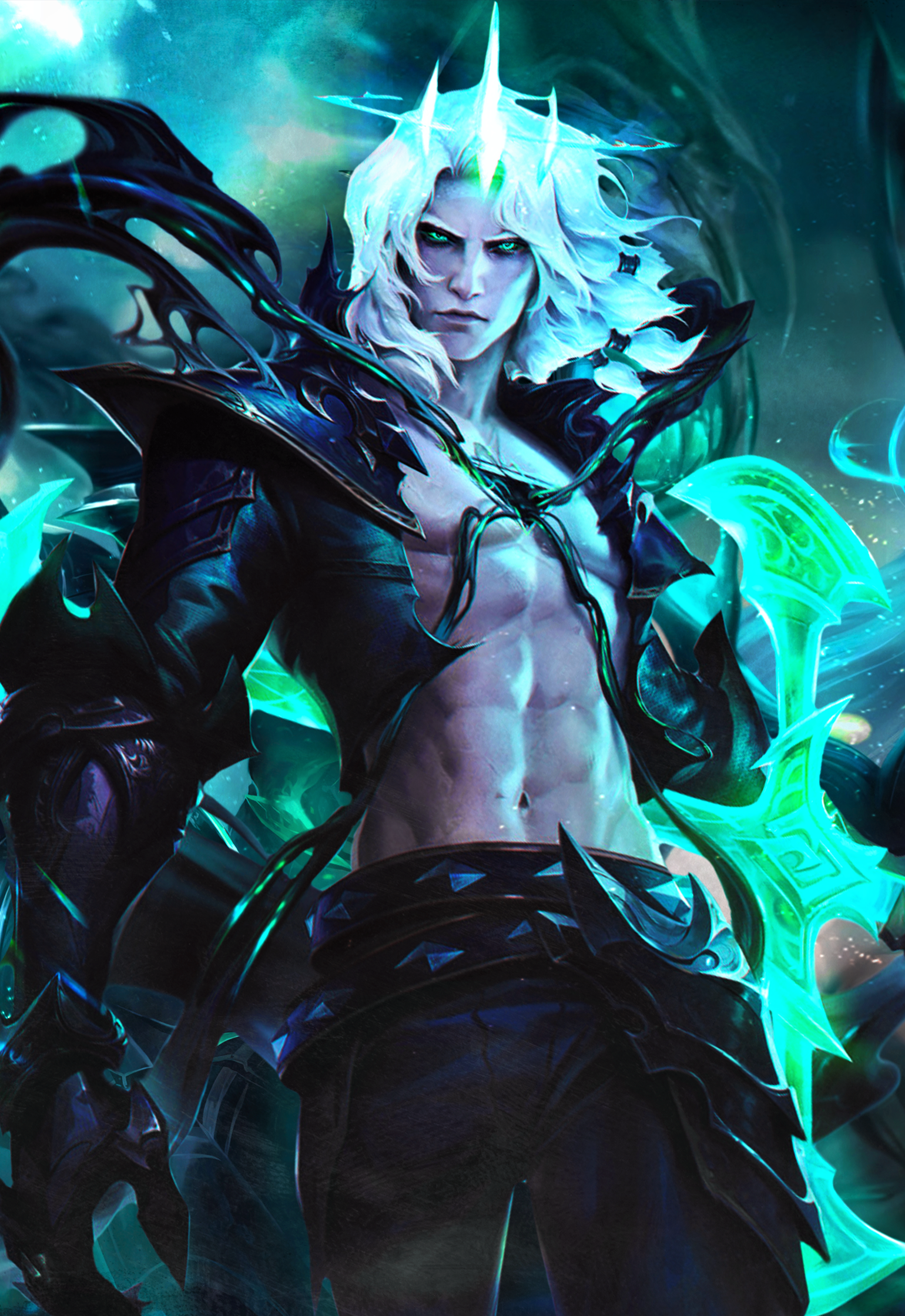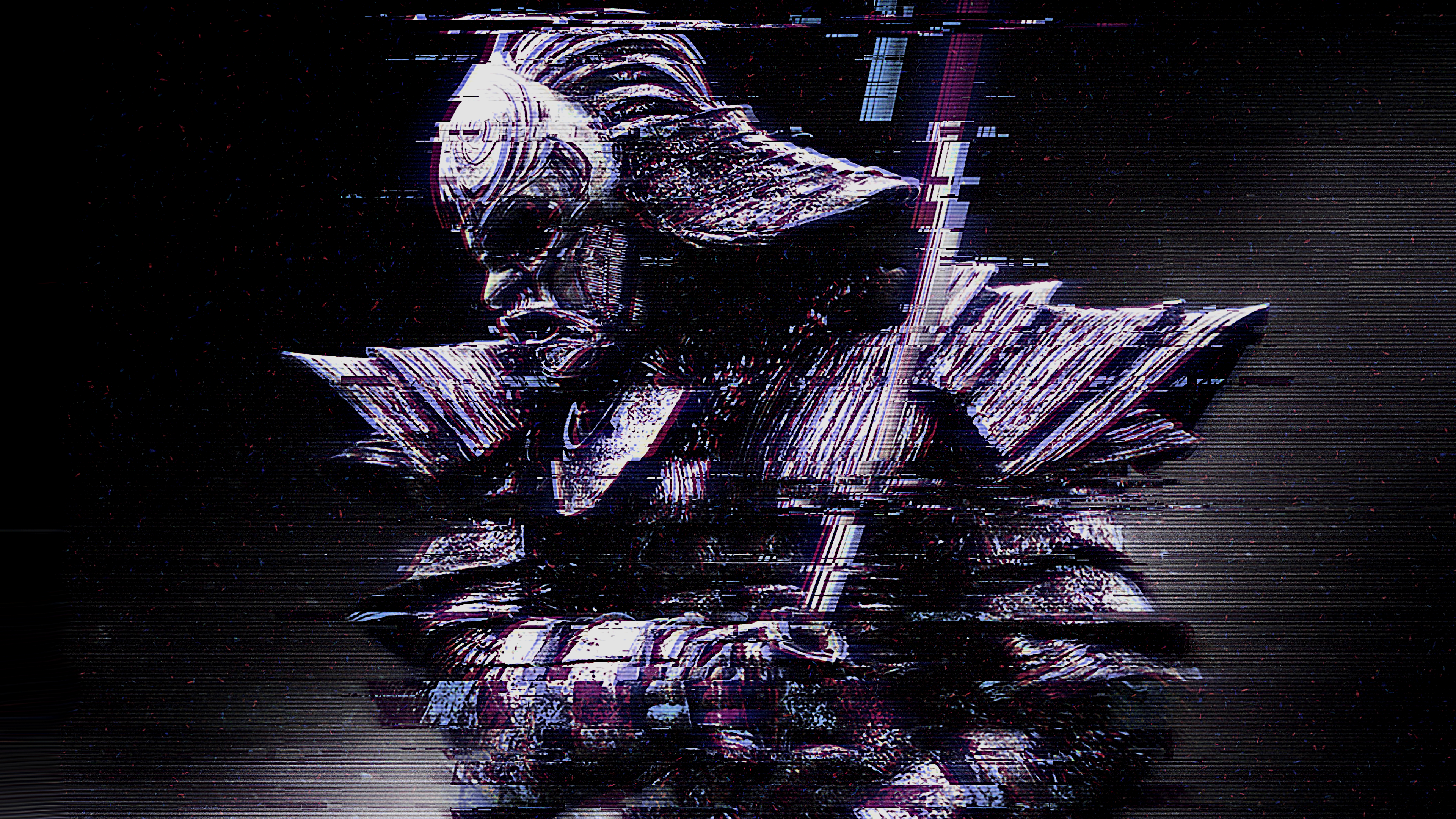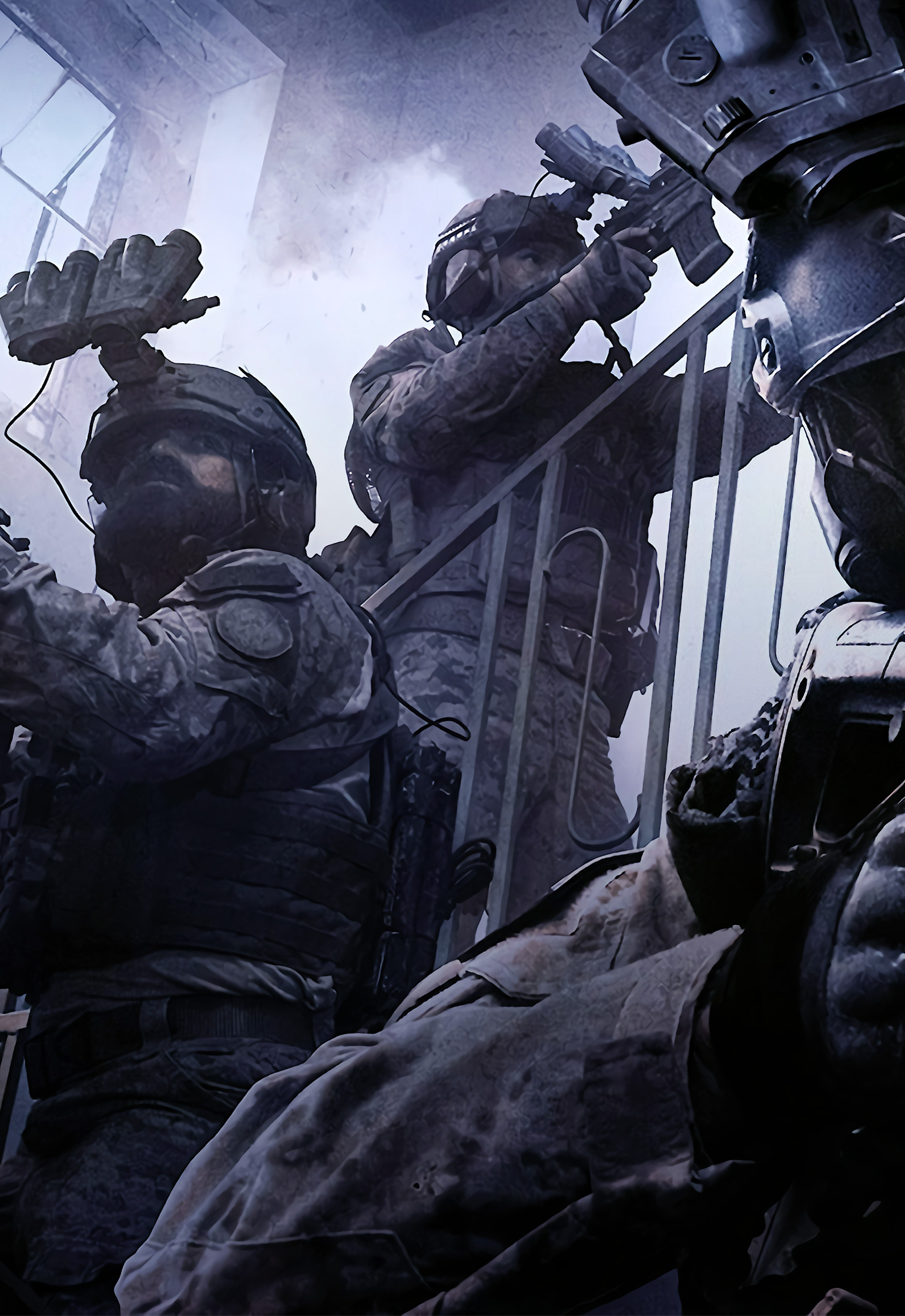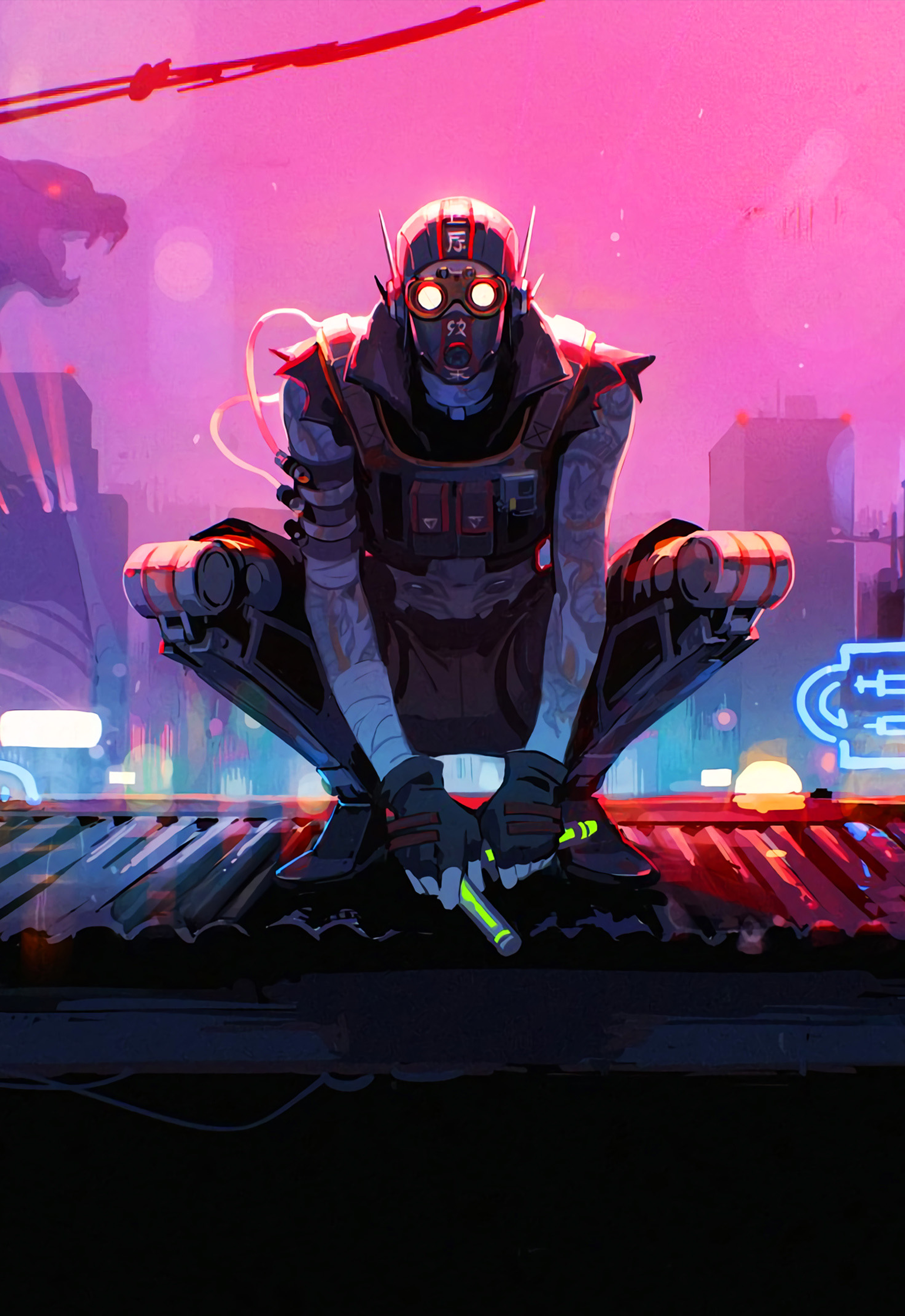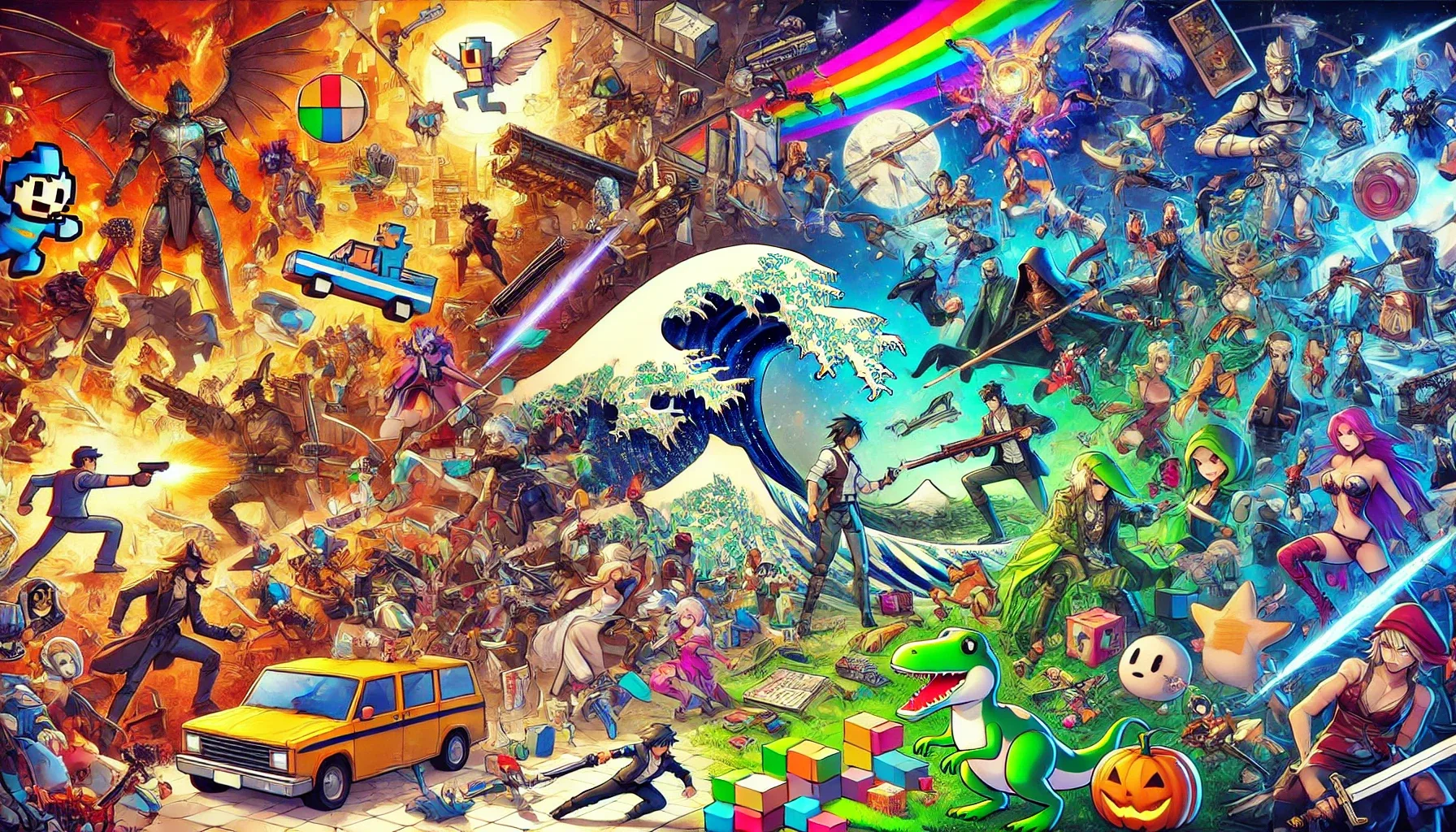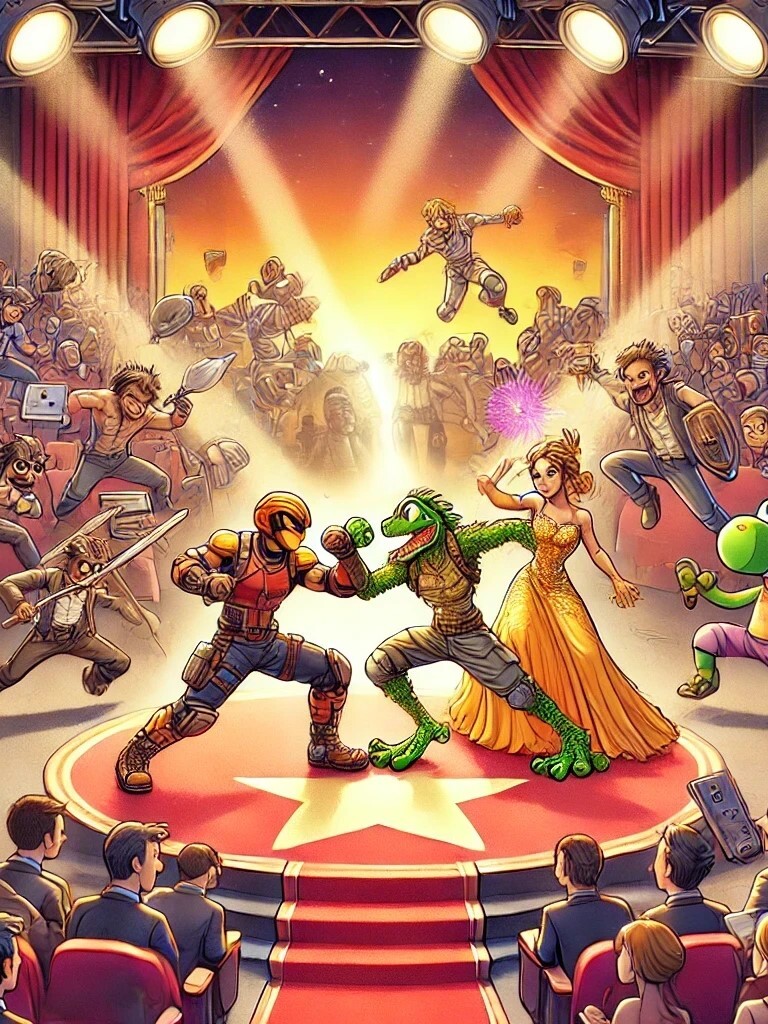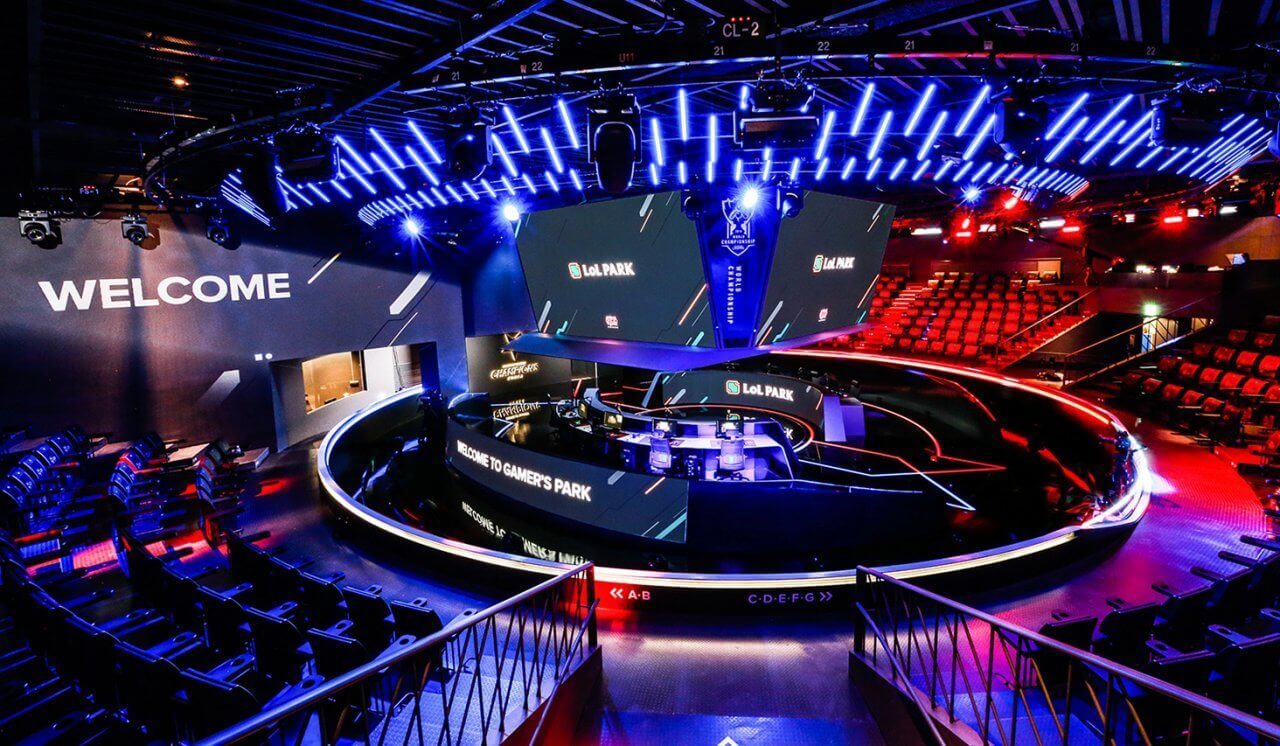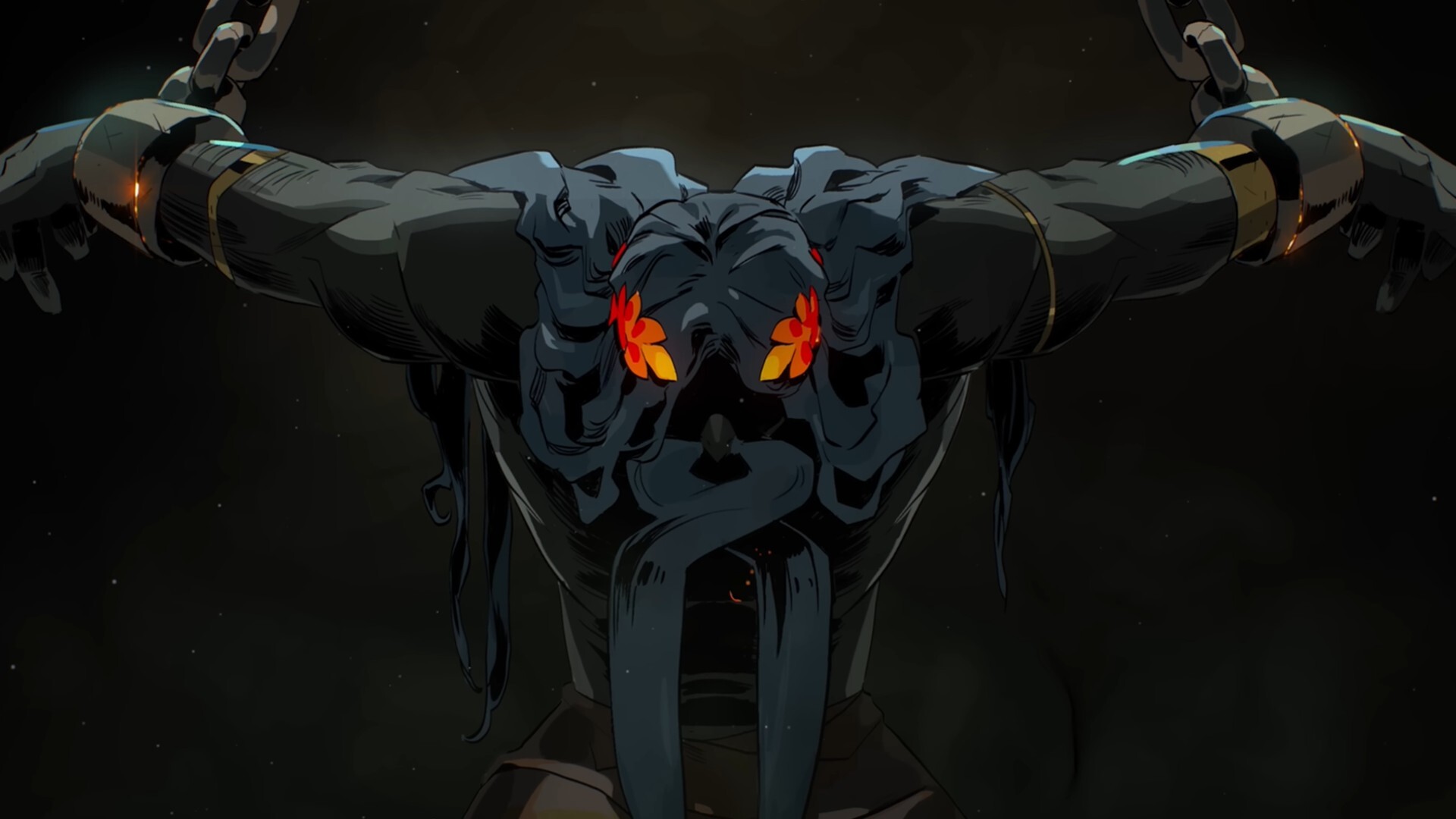From Hades II to classic myth-inspired adventures, these are the best video game portrayals of the god of the underworld. A fun, fiery look at how Hades went from fearsome to fascinating across gaming history.
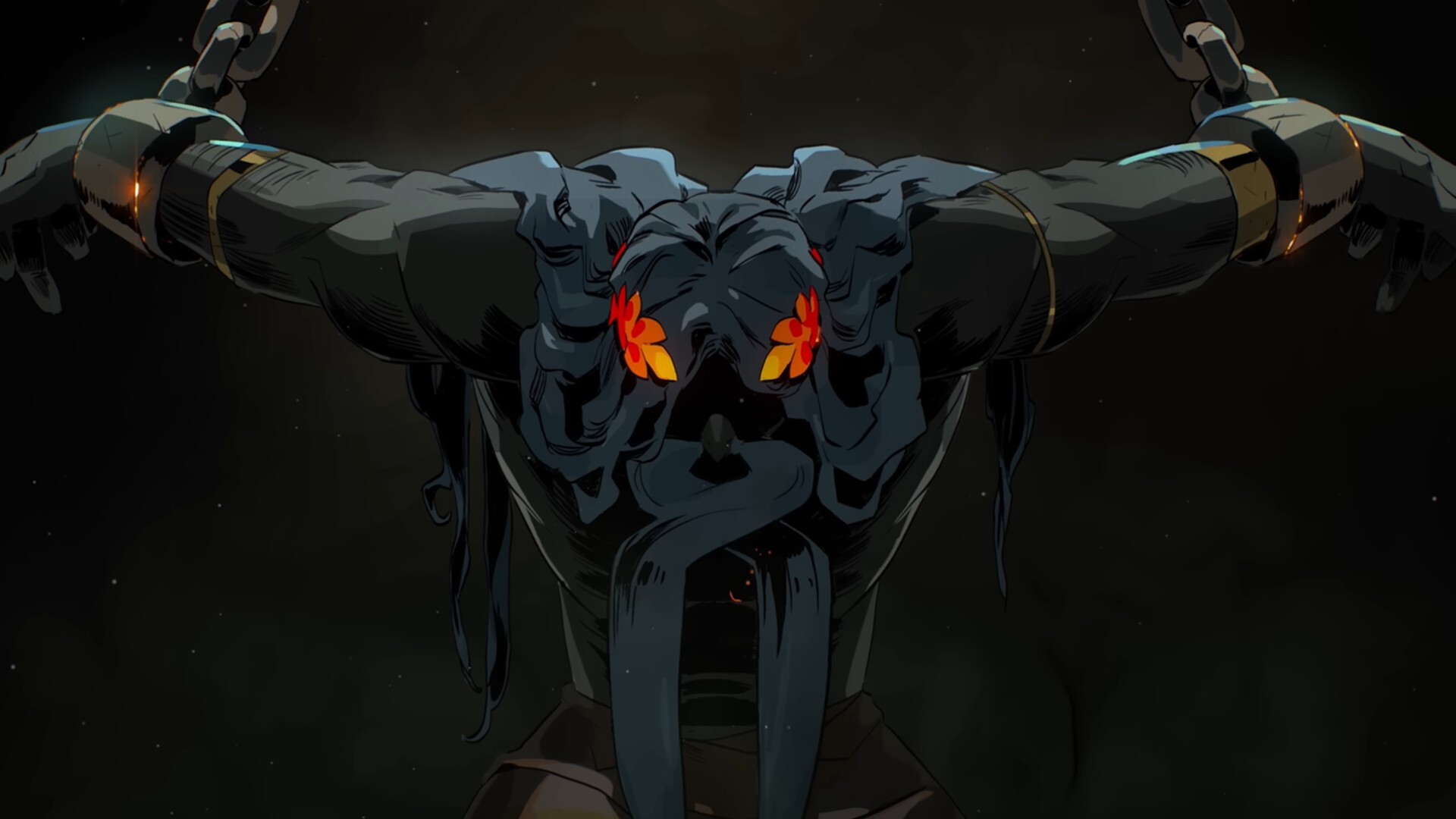
With Hades II finally making its fiery debut, what better time to take a look at how the Lord of the Underworld has been portrayed across gaming history? From terrifying boss fights to surprisingly charming antiheroes, Hades has appeared in more forms than most mortals could handle – each one bringing a unique twist to the myth.
Greek mythology has always been a playground for video game creators, and no figure has sparked more creative interpretations than the god of the dead himself. So grab your celestial weapon of choice, light a torch, and join us as we journey through the best and boldest portrayals of Hades ever pixelated.
Hades (2020)
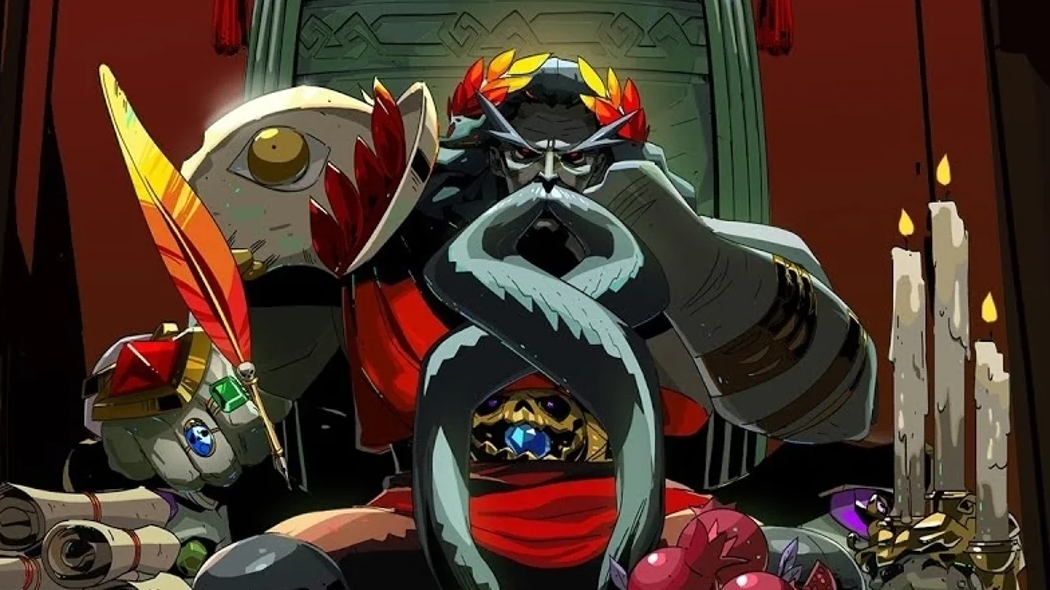
You don’t just fight Hades in Supergiant’s roguelike; you orbit him – a god who functions as father, monarch, and unbearably awkward dinner guest. The dialogue cracks whenever Zagreus slips, and those cracks let you see something beyond divine wrath: regret, duty, love. Mythic powers are real, but so are petty jealousies and family obligations that feel like they could break a mortal. Each run isn’t just about combos and weapons, it's about pushing through emotional gravity. The Underworld in this game becomes more than a level or end-boss – it’s ancestral home, prison, and stage. For those compiling the best representations of Hades in video games, this version is essential, because it gives you terror and tangled heart.
Final Fantasy XIV: Shadowbringers (2019)
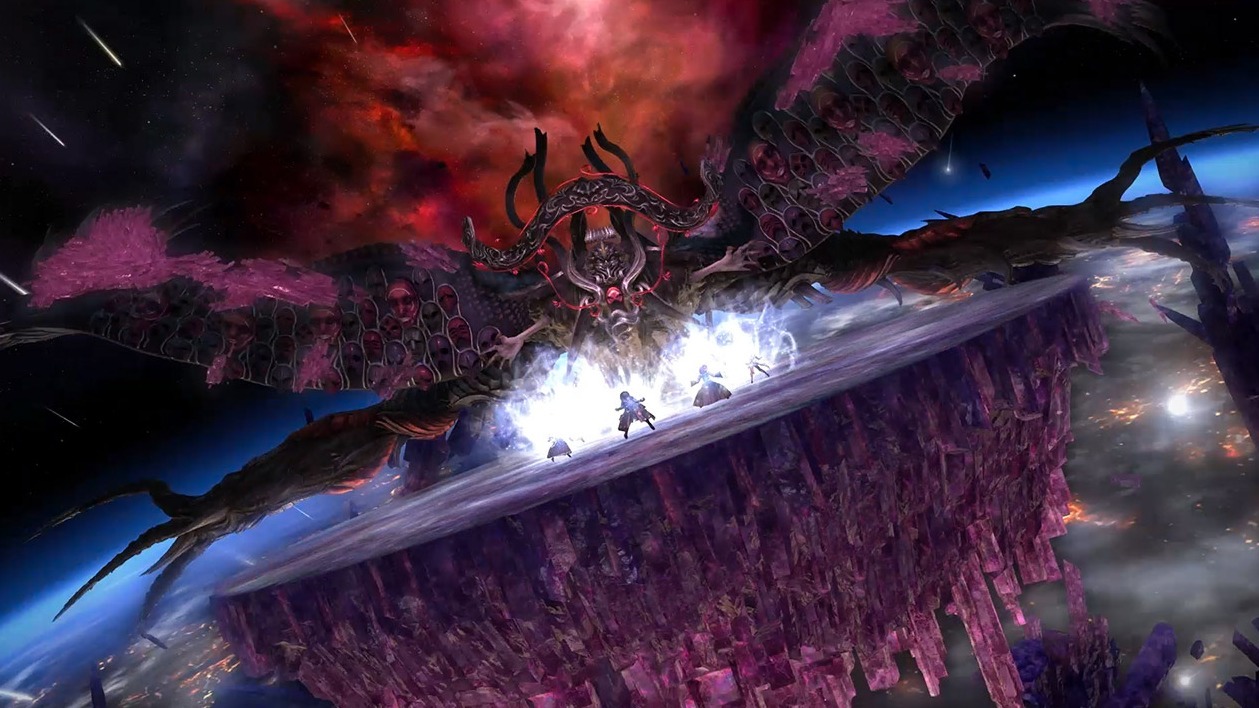
Light and dark aren’t just plot devices here; they’re existential forces that shape destinies, drag gods into compromise, and force souls to decide whether to suffer or fight. Shadowbringers turns what could’ve been a generic “evil god/lost souls” expansion into something deeply personal – for NPCs, for adventurers, even for god-figures themselves. Shadows leak into daylight, divine authority fractures, and we begin to wonder: who judges the gods? The narrative is generous with tragedy, betrayal, sacrifice, and at times harsh beauty that makes you feel small. Though Hades isn’t literally called by name here, the thematic echo is loud: control over death, the burden of power, identity beyond divine expectation. It’s a version of Hades by metaphor, one that lingers after the credits.
Assassin’s Creed Odyssey – The Fate of Atlantis (2019)
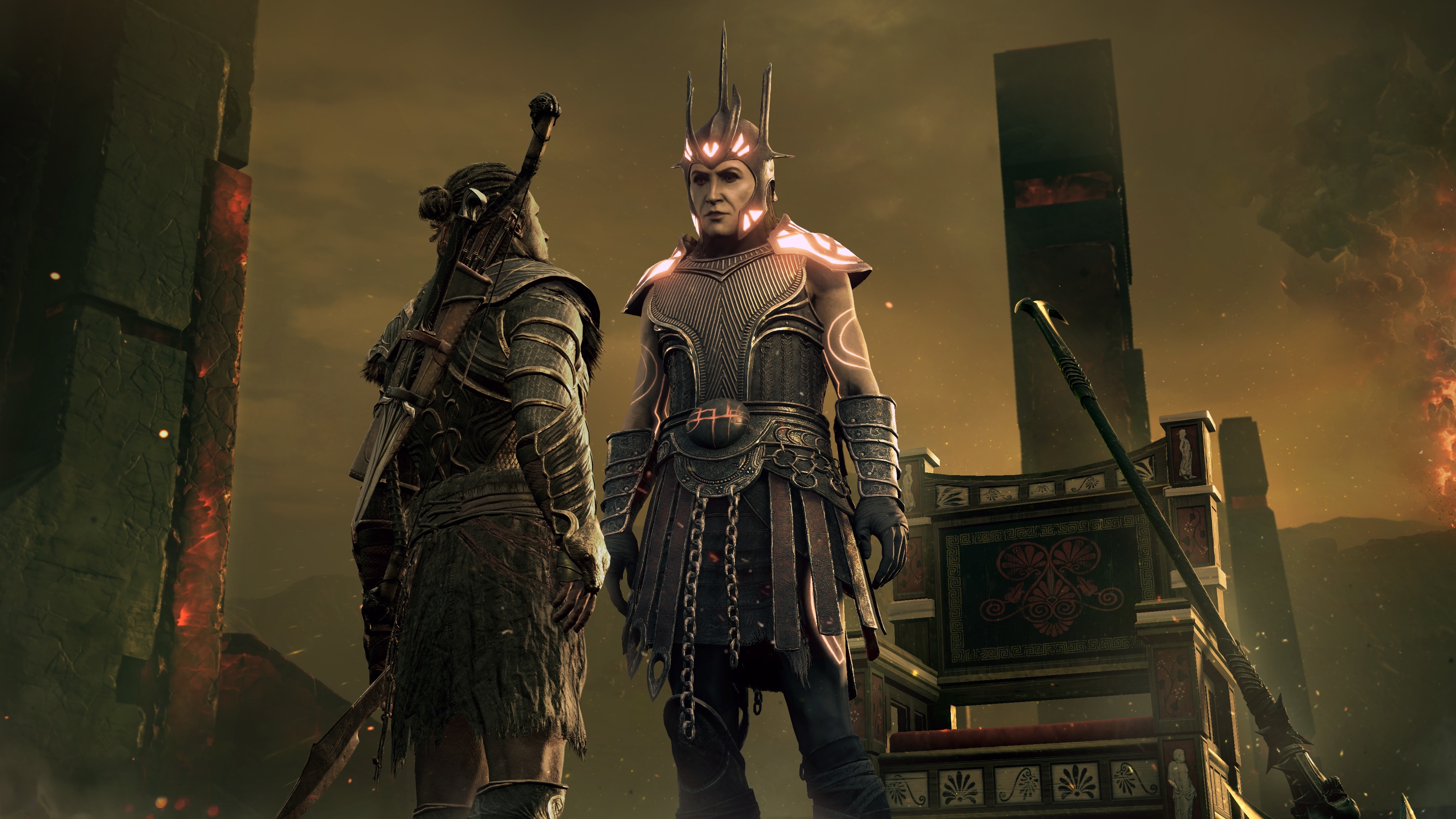
When you dive into “Torment of Hades,” you’re dropped into a version of the Underworld that is oppressive, poetic, and beautifully terrible in turns: souls wandering, rivers flowing, architecture echoing fear and memory. Ubisoft doesn’t waste time putting you face-to-face with Hades not just as an adversary, but as judge and keeper, making you confront the weight of myth. The contrast between Elysium’s golden peace and Underworld’s shadows burns in your eyes – and in your decisions. You walk through myth, but also through ideas: justice, punishment, mercy, and inevitability. It's not just about slashing through shades – it's about living in the moral space they occupy. If you want Hades in video games that don’t shy from terror and reflection, this does both.
Fortnite (2017)
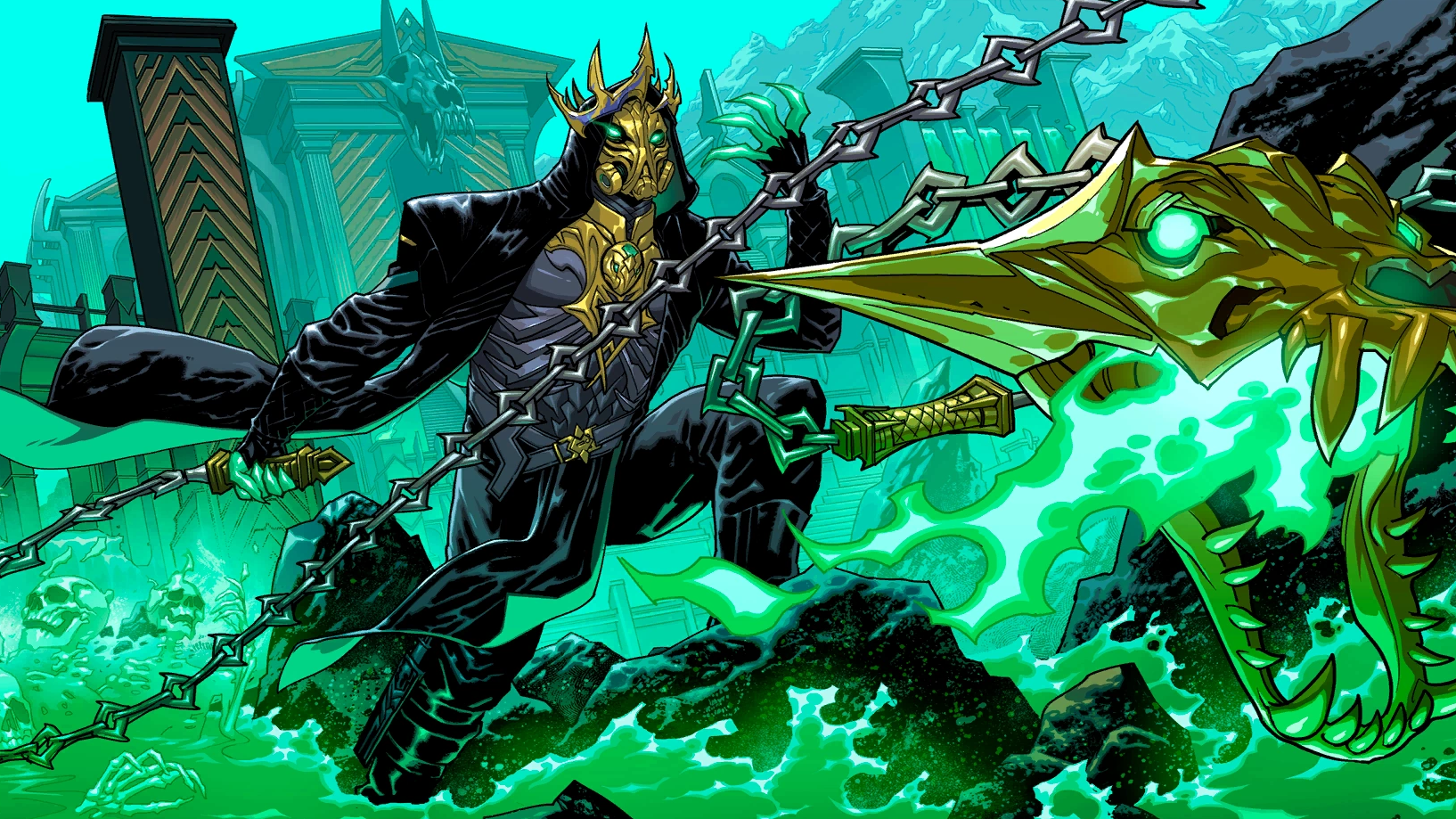
Fortnite’s version of Hades showed up prominently in Chapter 5, Season 2 (“Myths & Mortals”), where Greek mythology took center stage: Hades was a Battle Pass skin, and also a boss NPC found in “The Underworld” area of the map, complete with waves of minions and rewards for defeating him. The skin features several styles (Lethean, Stygian, etc.) and a built-in transformation emote, making him more than just visual flair. Epic Games turned him into a spectacle: mythic weapon drops, dramatic boss fights, and cosmetics that reinforce the lore. His presence altered the dynamic of matches, because confronting Hades meant navigating both gameplay mechanics and mythic symbolism. For many players, this is one of the first times they see Hades outside of high myth – cheap thrills meet epic iconography. It’s not deep myth retelling, but it packs influence and style.
Horizon Zero Dawn (2017)
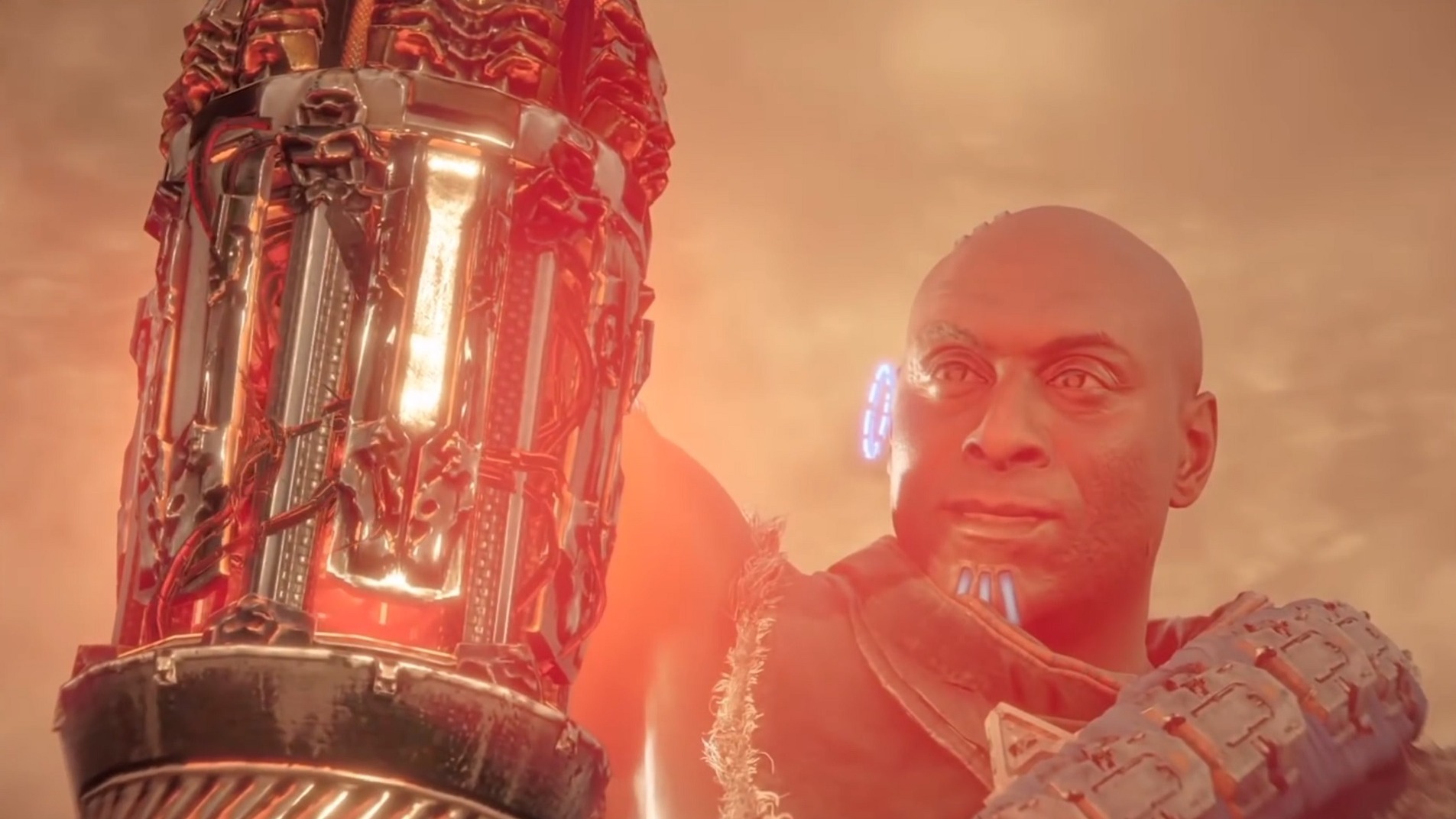
Aloy’s subterranean expeditions reimagine the underworld as buried tech, corrupted cores, and haunted archives rather than a fiery palace of doom. Guerrilla’s approach turns the “lord of the dead” idea into atmosphere: ruins that feel like tombs and machines that perform judgment through survival. Exploring underground facilities becomes a pilgrimage, where the past’s hubris reads like prophecy and the environment itself tells a mythic tale. The game trades literal deity for structural godhood – systems that control life and death without robes or a throne, but with equal menace. For those cataloguing representations of Hades in video games, Horizon Zero Dawn offers a subtle, modern echo rather than a textbook portrayal. It’s meditative, eerie, and deeply human: myth reimagined as abandoned technology and the emotional cost of rebirth.
Smite (2014)
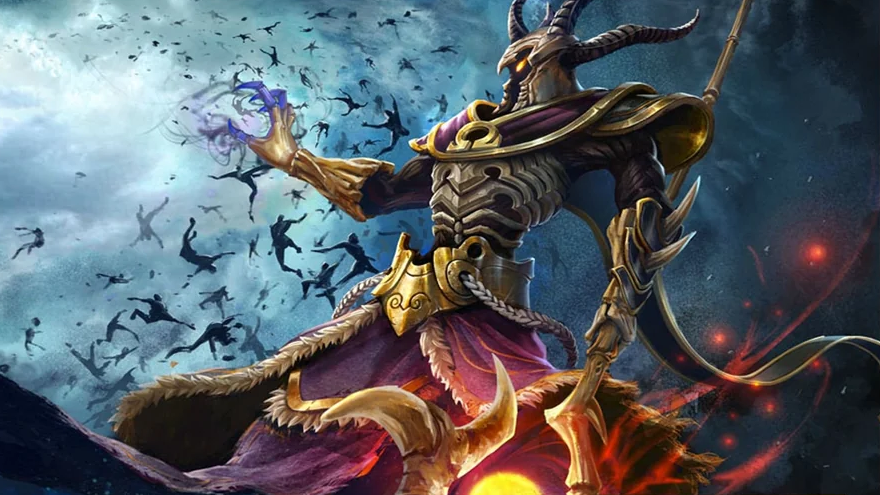
In Smite, Hades doesn’t lurk in shadows so much as he steps boldly into the arena – with fire, souls, and blight as his tools – and becomes one of the playable gods, complete with ranged magical powers and a dark throne in mid-combat. He’s less silent ruler and more active menace, imposing doom on players who stray too far from safety. Titan Forge Games / Hi-Rez Studios built him to feel mythological yet competitive, balancing his power in team fights so he can’t simply dominate. There’s artistry in his design, voice lines that bristle with resentment, and animations that make you respect the Underworld when he calls it. For a representation of Hades in video games that doubles as gameplay spectacle, Smite delivers: you face him, play as him, fear him. Definitely not a background myth: here he’s central, dangerous, and dramatically rendered.
Rayman Legends (2013)
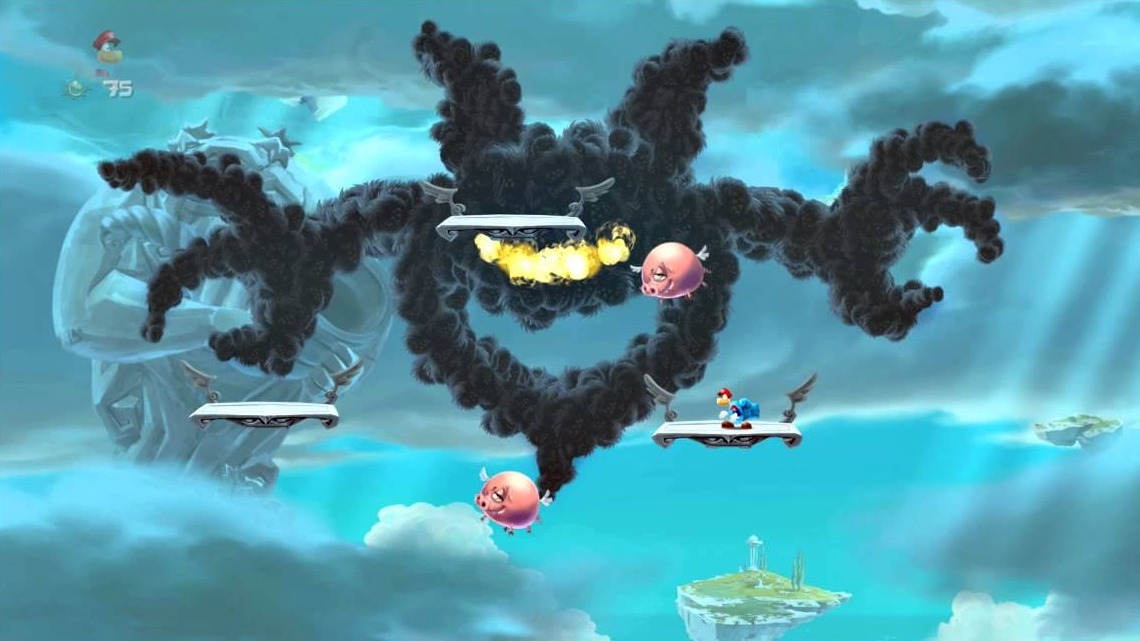
There’s no character officially called “Hades” in Rayman Legends, but the game leans into underworld myth with a stage full of Hades’ Hand – an ominous boss-handing you a rare dose of dread among the colourful chaos. Statues, flaming effects, the cyclopean architecture of “The Fiery Depths / Olympus Maximus” map all nod at a pantheon of myth you’re glimpsing through funhouse glass. Ubisoft Montpellier uses contrast masterfully: cheerful platforming disrupted by the grotesque, the surreal. Hades is less a figure and more a looming theme, a mood in the level design that reminds you myth isn’t always plush. That tonal flip – your toes rioting in fear as much as delight – makes this depiction memorable: mythic dread meets childish joy. So even if there’s no throne-room monologue, Rayman Legends earns its place in any list of Hades in video games by showing the underworld as playground and peril.
Kid Icarus: Uprising (2012)
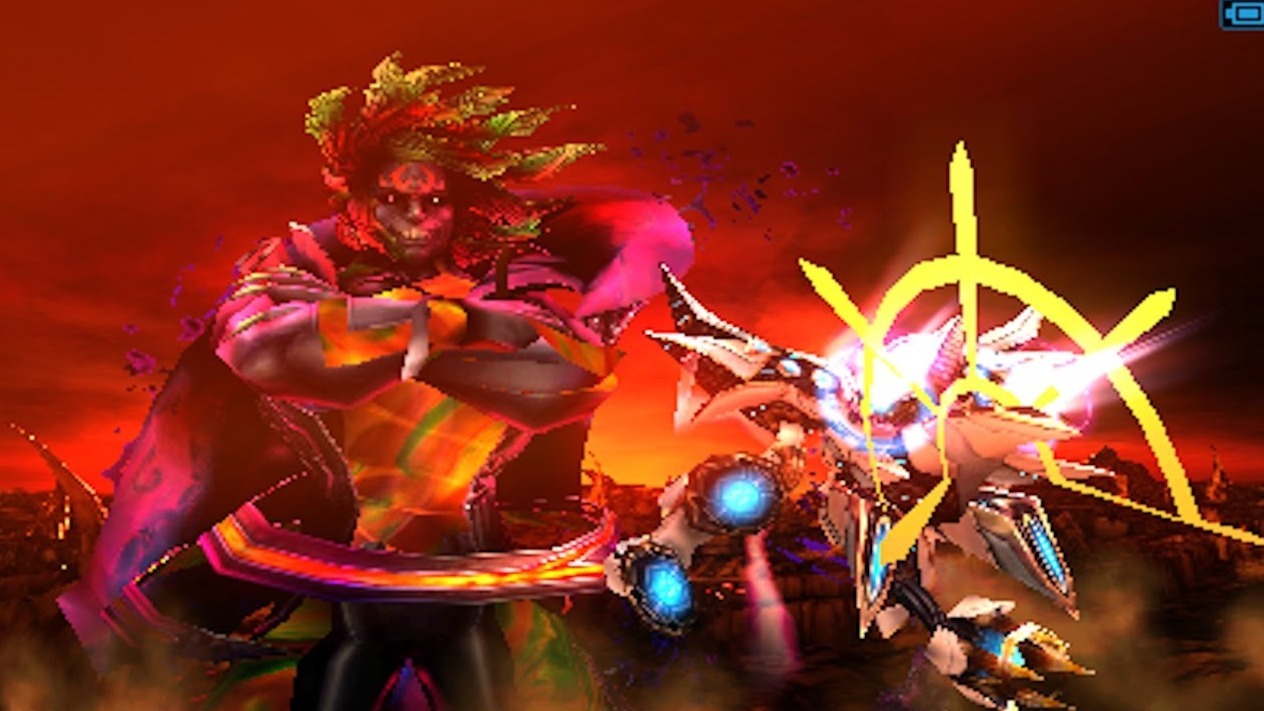
Hades in Kid Icarus: Uprising shows up as grand antagonist, schemer, showman, and soul-hoarder all in one; he revives Medusa, spreads rumors, manipulates humans and gods to collect souls, then eventually faces Pit in a final battle that feels both epic and absurd – in the best way. He’s charismatic, sarcastic, and a little theatrical: a villain who seems to enjoy being the villain, with quips and flair even when your Sacred Treasure is slicing through his minions. The art style shifts crazily – from cartoon-light to grotesque, especially in his boss forms, where his body becomes a literal weapon. Despite everything, Hades isn’t just evil for evil’s sake; there’s motive, strategy, stakes that ripple across both mortal and divine realms. It’s myth with punchlines and bombs, absurd scale and surprisingly touching arcs (because even gods have grudges). For game devs trying to capture Hades in video games, this one blends spectacle, story, and mischief in unforgettable ways.
God of War I–III (2005–2010)
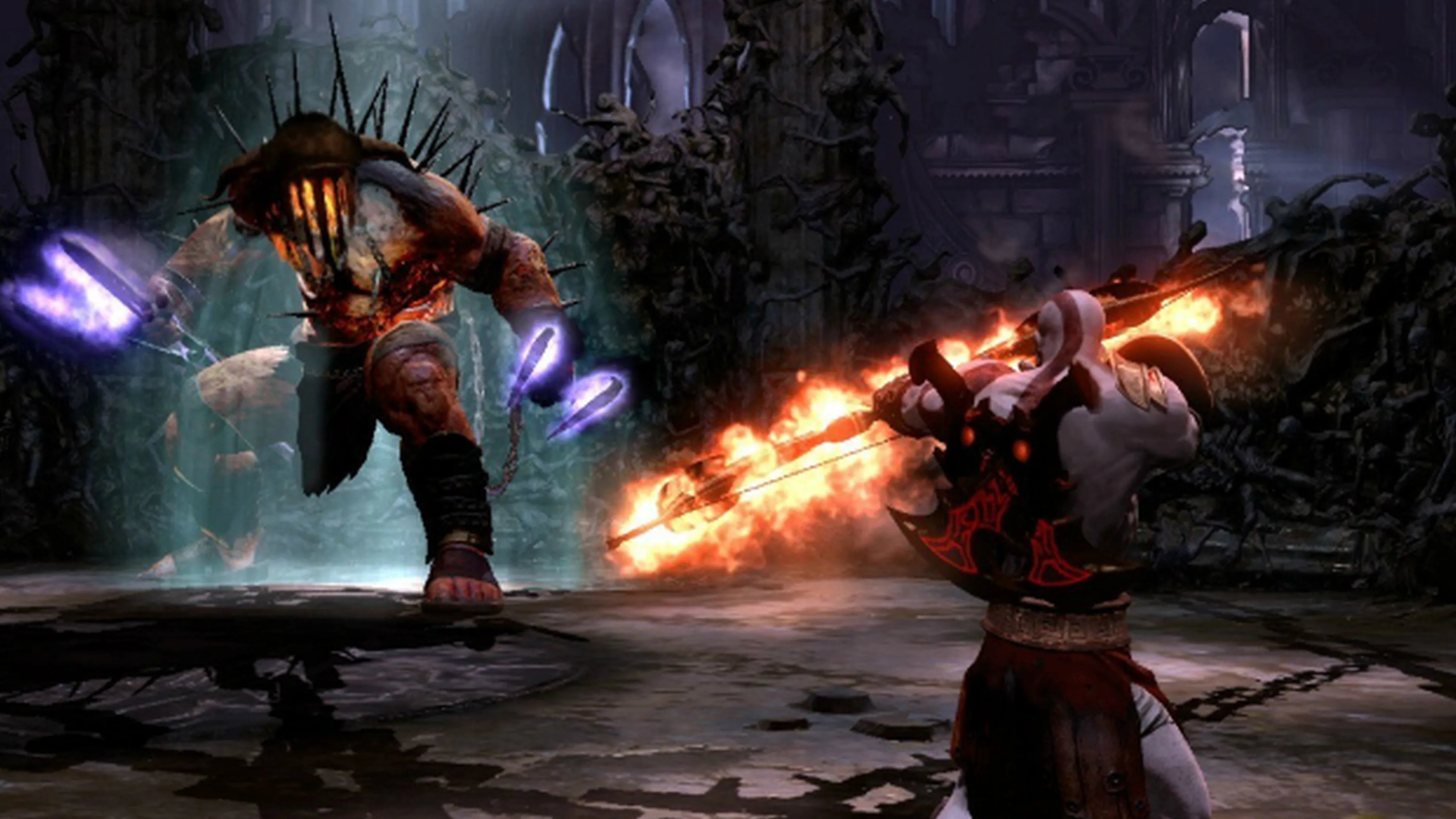
Kratos’ bloody journey through Olympus, the Underworld, and beyond positions Hades as one of the most memorable antagonists: equal parts monstrous tyrant and bitter divine brother, especially in God of War III, where the final clash with Hades feels like the end of an era. His design evolves – horned helmet, fiery skull, scarred flesh – so you sense how much weight bearing the underworld takes: bodies, souls, betrayal, time. Santa Monica Studio makes Hades more than a boss fight; he’s vengeance incarnate, the gravity that drags down gods and mortals alike. Through cutscenes, lore, and environment (temples, ruins, rivers of souls) the Underworld becomes a place with memory and regret – its ruler no less bound by guilt and rivalry than Kratos is by rage. Players face him not just to win, but to confront the cost of power, revenge, and divine legacy. This is Hades in video games as cataclysm and character, a deity who punishes but also suffers.
Kingdom Hearts 1–3(2002–2019)
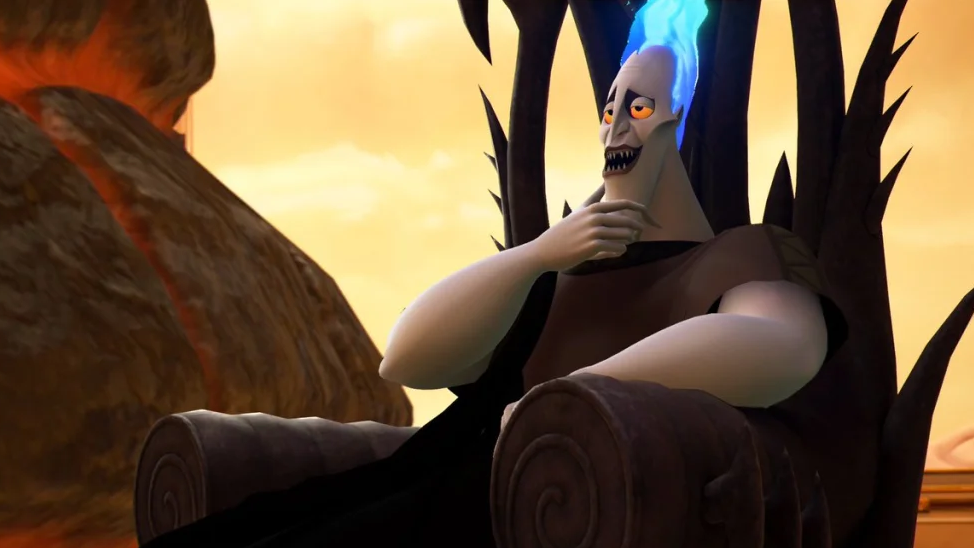
Hades in Kingdom Hearts is part villain, part reluctant ally of chaos, with a twist of theatrical tyrant: allied to Maleficent, using Heartless, manipulating others, but always with comedic timing and snark – far from the archetypal grim Underworld monarch. His world, the Underworld (in the Olympus Coliseum), gives Sora & co. a grim-faced place full of lava, lost souls, and challenges – plus boss fights that lean into the iconic pantheon of Disney’s Hercules. His portrayal is flashy: animated, expressive, more caricature than tragic, but that’s the charm in KH. The game doesn’t aim for mythic realism so much as storybook myth – Hades as foil, theatrical, proud, and dangerous, but also fun to face. For many players, this is the version of Hades they first meet: loud font, bellowing laughter, betrayal promised, danger delivered. It may not dig deep into myth, but in showing Hades in video games, Kingdom Hearts earns its spot by making him unforgettable.
